B1 Grammar Review: Missing (Modals, Comparative And Superlative Adjectives)
Modals
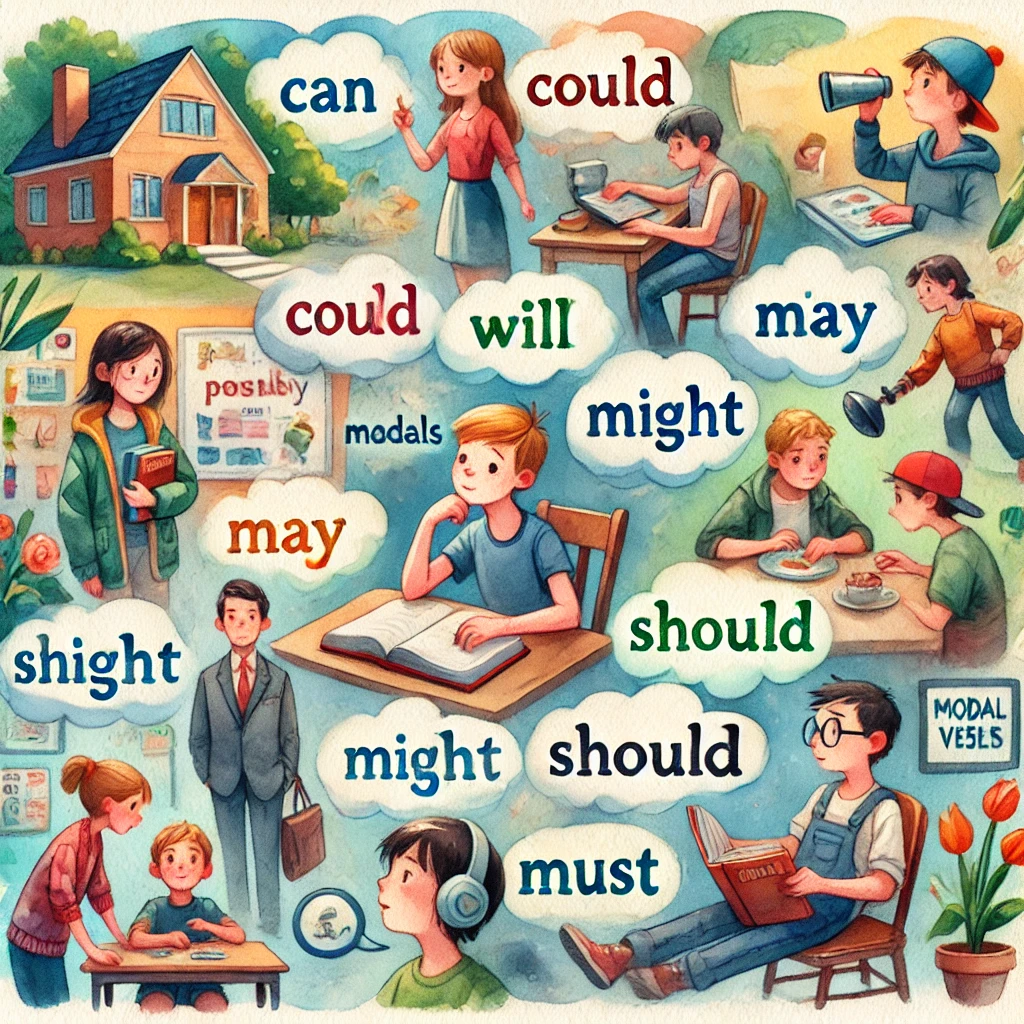
Learning goals
Understand Modals: Learn the uses and structures of different modal verbs.
Apply in Real Life: Use modals correctly in various real-life situations.
Differentiate Modals: Distinguish between different modals and their specific uses.
Enhance Communication Skills: Improve your ability to express abilities, possibilities, permissions, and obligations.
CAN
COULD
Use: Past ability, polite requests, possibility
Structure: Subject + could + base verb
Example: “When I was young, I could run fast.”
MIGHT
Use: Possibility
Structure: Subject + might + base verb
Example: “It might rain tomorrow.”
MUST
Use: Obligation, necessity, deduction
Structure: Subject + must + base verb
Example: “You must wear a seatbelt.”
SHOULD
Use: Advice, expectation
Structure: Subject + should + base verb
Example: “You should study for the exam.”
Real-World Examples
Can: “I can play the piano.”
Could: “Could you please pass the salt?”
May: “May I use your phone?”
Might: “He might come to the party.”
Must: “You must finish your homework.”
Should: “You should apologize to her.”
Learning activities
Activities for EGB
Modal Charades (20 minutes)
Objective: Use modals in an interactive and fun way.
Instructions:
- Preparation: Write down different actions and modal verbs on separate cards (e.g., “can sing,” “must study”).
- Game: In pairs, one student picks a card and acts out the action without speaking, while the other guesses the action using the correct modal verb.
- Class Review: Discuss the actions and modals used.
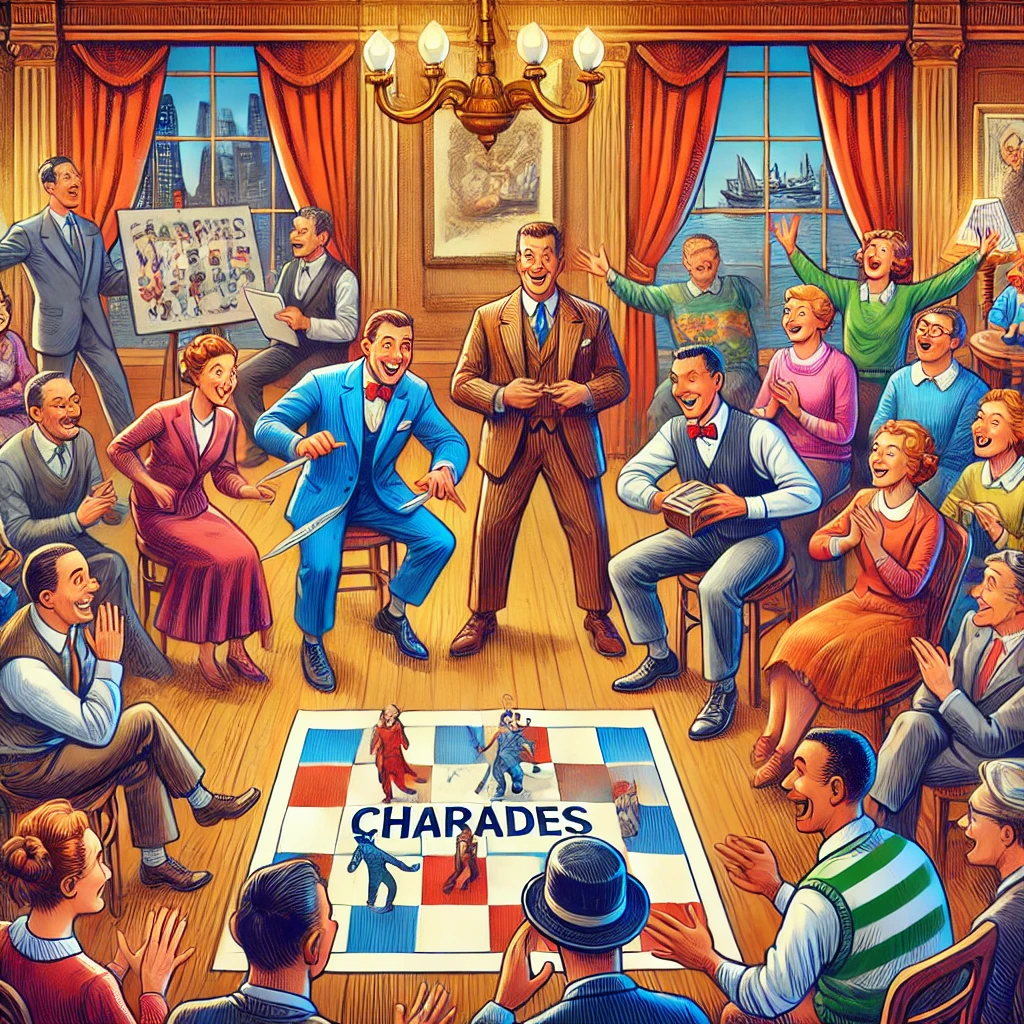
Modal Match-Up (20 minutes)
Objective: Match modals with their correct uses.
Instructions:
- Preparation: Create a set of cards with modal verbs and another set with their uses.
- Task: In small groups, match each modal verb card with its correct use card.
- Class Review: Review the matches as a class and discuss any mistakes.

Modal Story Creation (20 minutes)
Objective: Create a story using modal verbs.
Instructions:
- Group Work: Divide into small groups. Each group creates a short story that includes at least one example of each modal verb covered.
- Presentation: Each group presents their story to the class.
- Class Discussion: Discuss the correct usage of modals in each story.
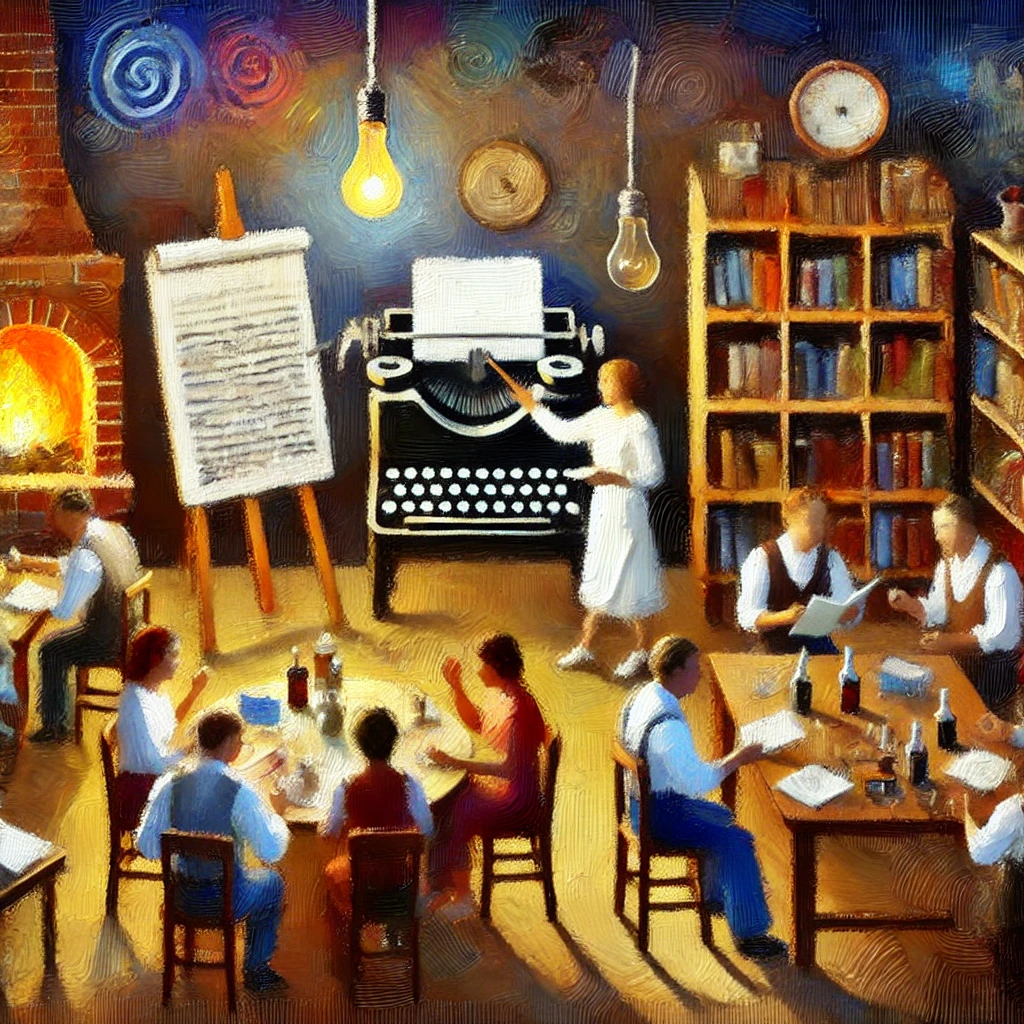
Activities for BGU
Modal Debate (20 minutes)
Objective: Use modals to form arguments and express opinions.
Instructions:
- Topic Selection: Choose a debate topic (e.g., “Students must wear uniforms”).
- Debate: In pairs, one student argues for the topic using modals (e.g., “Students must wear uniforms to maintain discipline”), and the other argues against it.
- Class Discussion: Discuss the modals used and the effectiveness of each argument.
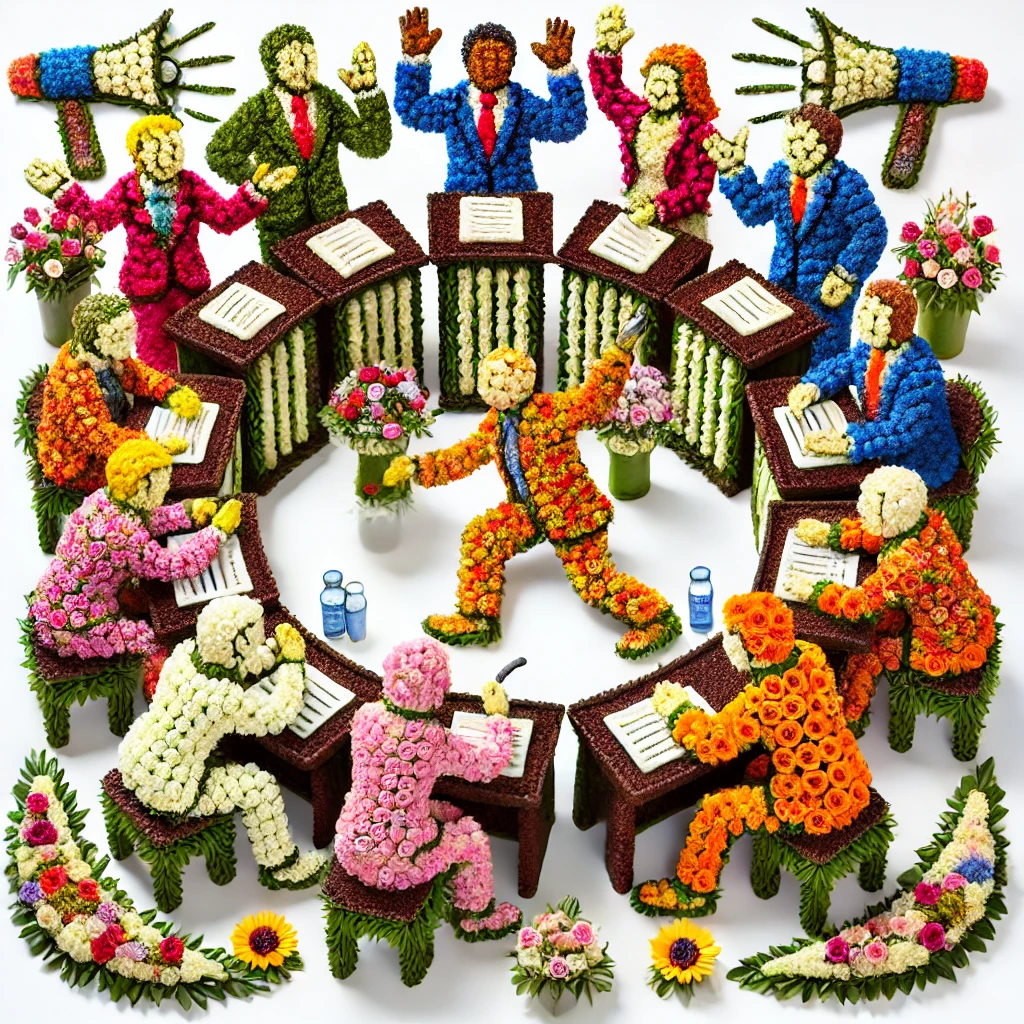
Modal Role-Play (20 minutes)
Objective: Use modals in role-playing scenarios.
Instructions:
- Scenario Preparation: Create scenarios that require the use of modals (e.g., asking for permission, giving advice).
- Role-Play: In pairs, role-play the scenarios using appropriate modals.
- Class Presentation: Each pair presents their role-play to the class.
- Feedback: Provide feedback on the use of modals.
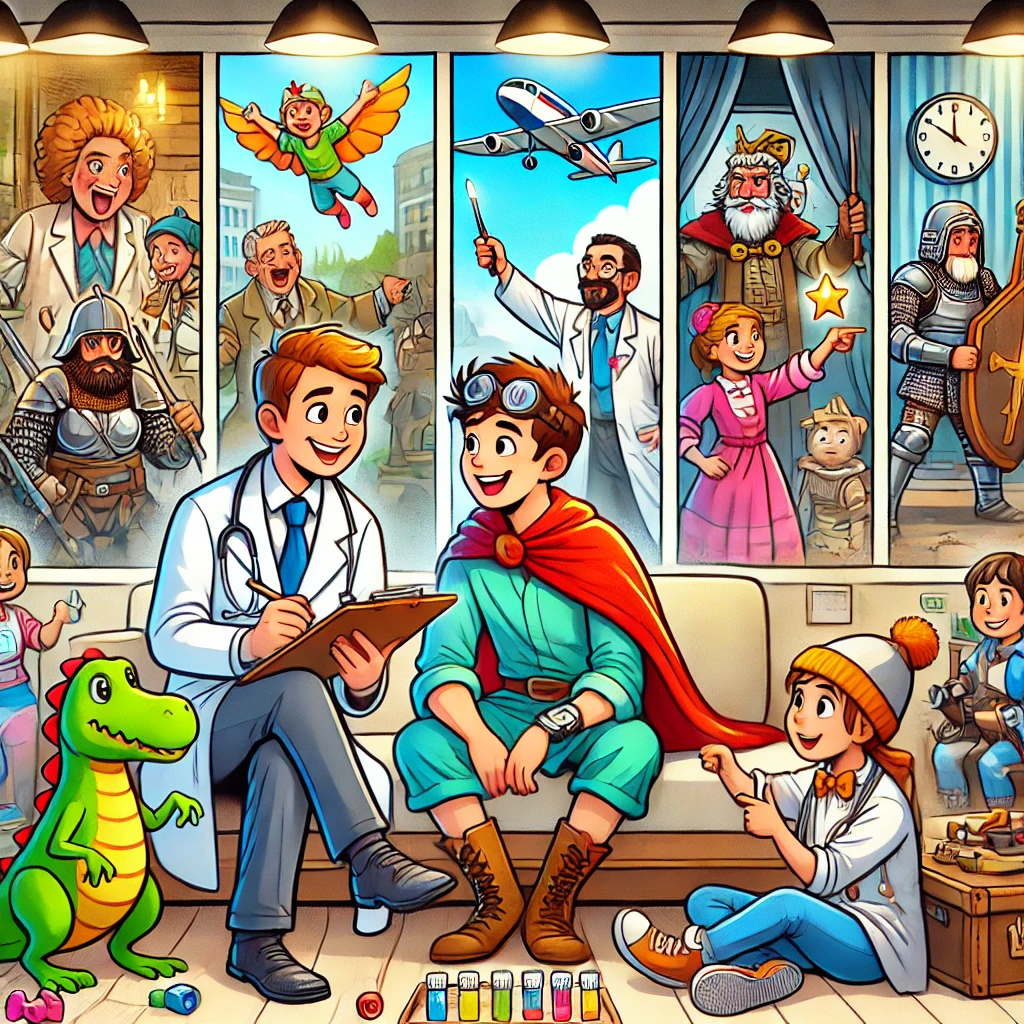
Modal Writing Challenge (20 minutes)
Objective: Write sentences and paragraphs using modals. Instructions:
- Writing Task: Write a paragraph or short essay that includes at least five different modal verbs.
- Peer Review: Exchange writings with a partner and provide feedback on the use of modals.
- Class Sharing: Share some writings with the class and discuss the correct usage of modals.
Additional Resources:
– Modal Verbs
– Perfect-English-Modal Verbs
Review of Comparative and Superlative Adjectives
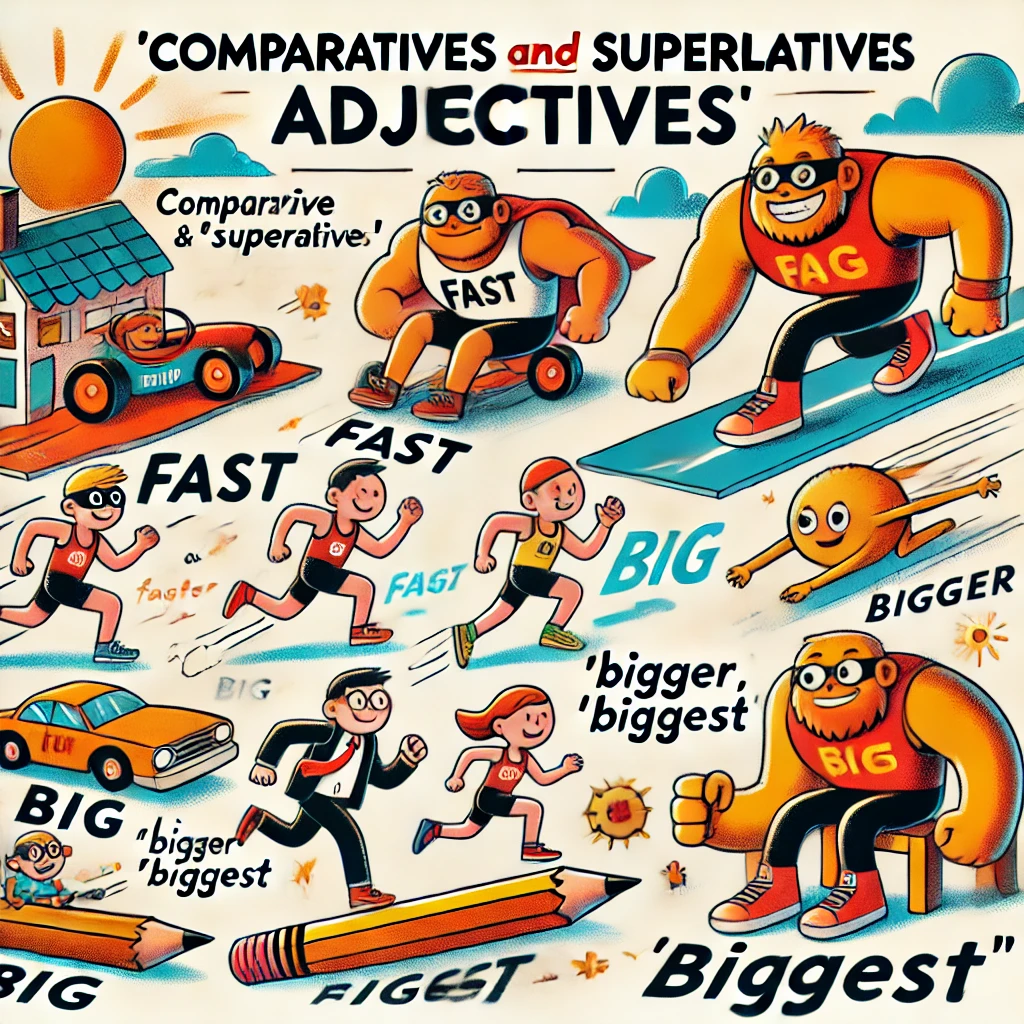
Learning goals
Understand Comparatives and Superlatives: Learn the rules and structures of comparative and superlative adjectives.
Apply in Real Life: Use comparatives and superlatives accurately in various real-life situations.
Differentiate Between Forms: Distinguish when to use comparatives versus superlatives.
Enhance Descriptive Skills: Improve your ability to describe and compare objects, people, and experiences.
Comparative Adjectives
Use: To compare two people, places, things, or ideas.
Structure:
- One-Syllable Adjectives: Add “-er” (e.g., “taller”)
- Two-Syllable Adjectives Ending in -y: Change “-y” to “-ier” (e.g., “happier”)
- Other Two-Syllable or Longer Adjectives: Use “more” + adjective (e.g., “more interesting”)
Example: “John is taller than Mike.”
Superlative Adjectives
Use: To express the highest degree of a quality among three or more people, places, things, or ideas.
Structure:
- One-Syllable Adjectives: Add “-est” (e.g., “tallest”)
- Two-Syllable Adjectives Ending in -y: Change “-y” to “-iest” (e.g., “happiest”)
- Other Two-Syllable or Longer Adjectives: Use “most” + adjective (e.g., “most interesting”)
Example: “John is the tallest in the class.”
Differences Between Comparatives and Superlatives
Comparatives: Used to compare two entities.
- Example: “She is smarter than her brother.”
Superlatives: Used to compare one entity against a group.
- Example: “She is the smartest in the family.”
Examples
Height: “She is taller than her sister. She is the tallest in her family.”
Intelligence: “This problem is more difficult than the last one. It is the most difficult problem I have ever solved.”
Beauty: “This painting is more beautiful than that one. It is the most beautiful painting in the gallery.”
Speed: “A cheetah is faster than a lion. It is the fastest animal on land.”
Popularity: “This singer is more popular than the other. She is the most popular singer in the world.”
Learning activities
Activities for EGB
Comparative and Superlative Race (20 minutes)
Objective: Reinforce understanding of comparatives and superlatives through a competitive game. Instructions:
- Setup: Create a list of adjectives and cut them into separate cards.
- Teams: Divide the class into two teams.
- Game: Each team draws a card and must form both a comparative and a superlative sentence using the adjective. The first team to correctly complete the sentence wins a point.
- Example: Card says “tall.” Team 1: “My brother is taller than me. He is the tallest in our family.”

Adjective Comparison Chart (20 minutes)
Objective: Visualize and practice forming comparatives and superlatives.
Instructions:
- Materials: Provide each student with a chart that has columns for the base adjective, comparative form, and superlative form.
- Task: Fill out the chart with given adjectives and create sentences for each form.
- Class Review: Share your sentences with the class and discuss any errors.
- Example: Base Adjective: “happy,” Comparative: “happier,” Superlative: “happiest.”

Descriptive Paragraphs (20 minutes)
Objective: Use comparatives and superlatives in descriptive writing.
Instructions:
- Topic Selection: Choose a topic to describe (e.g., your family, your school, your favorite vacation).
- Writing Task: Write a paragraph using at least three comparatives and three superlatives.
- Peer Review: Exchange paragraphs with a partner and provide feedback.
- Class Sharing: Share some paragraphs with the class.
- Example: “My brother is taller than me, but I am faster. My sister is the tallest in our family. My mom makes the best cookies.”

Activities for BGU
Comparative and Superlative Debate (20 minutes)
Objective: Use comparatives and superlatives in arguments.
Instructions:
- Topic Selection: Choose debate topics (e.g., “City life is better than country life”).
- Debate: In pairs, debate the topic using comparatives and superlatives to support your arguments.
- Class Discussion: Discuss the arguments and use of comparatives and superlatives.
- Example: “City life is better than country life because it is more exciting and has the best entertainment options.”

Adjective Hunt (20 minutes)
Objective: Identify comparatives and superlatives in context.
Instructions:
- Materials: Provide a reading passage containing multiple comparatives and superlatives.
- Task: Highlight all the comparatives and superlatives in the passage and explain their usage.
- Class Discussion: Share your findings with the class and discuss any interesting uses.
- Example: Provide a news article or story for the adjective hunt.
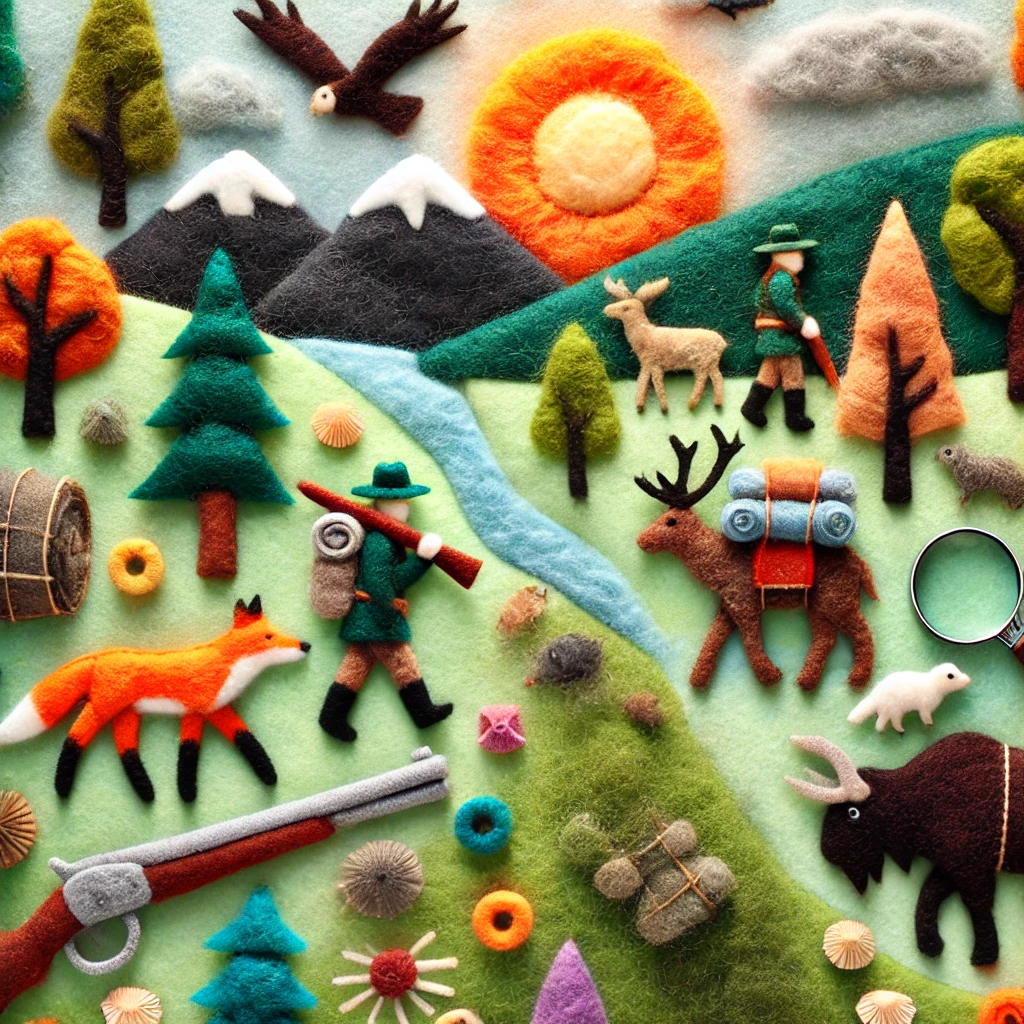
Comparative and Superlative Storytelling (20 minutes)
Objective: Create and share a story using comparatives and superlatives.
Instructions:
- Group Work: In small groups, create a short story that includes at least five comparatives and five superlatives.
- Presentation: Each group presents their story to the class.
- Class Feedback: Provide feedback on the use of comparatives and superlatives.
- Example: A story about a group of friends comparing their summer vacations.

Additional Resources:
– Comparatives and superlatives- BBC
– COMPARATIVE AND SUPERLATIVE ADJECTIVES-PERFECT ENGLISH GRAMMAR–
